Our Interfaith Peace Conference on “The Arts of Peace: Imagining the Way” has come to pass, moving from anticipation into memory. Sylvia and I now live “APC” (After the Peace Conference) savoring its many vivid personalities and events as we move into America’s time of Thanksgiving. I cannot recount these many inspiring moments here (you can get DVDs of some of them at www.LakeJunaluska.com/shop), but I do want to track one thread that remains at the core of these memories.
We began with a presentation by Mariela Shaker, who recounted to us her story of exile from her native Syria, her message of peace in music, and, only a week ago, her gaining United States citizenship. What haunted us all were photos of her native Aleppo, one of the world’s oldest cities, once a showcase of beauty and culture now lying in tortured ruin. These images, reinforced by the piercing anguish of the women in the subsequent drama, Women and War, drove home the horror and senseless brutality of war. The remorseless devastation of war erupts continuously from our fear that we do not have enough, that others are poised to take what is ours, and our egoistic belief that we can overcome death through monuments of our victory over others. The despots driving people to war in Syria are no different from those that threaten peace around the world, including in our own country. The Conference reminded us to cherish and nurture the love that overcomes fear—love of neighbor, of this beautiful earth, and of the Creator of us all.
Mariela’s assumption of American citizenship was not an easy task in this time of enmity toward the new blood that will enrich us all. Her faith in the American project, in spite of our current struggles, evoked in us a renewed commitment to the fundamental values of a republic that embraces all in the arguments about how to pursue our common good. At the core of these common values lie the much-disputed texts of the Constitution and of the documents flowing from it and those that continually lift us to wider visions, whether from Abraham Lincoln or Martin Luther King, Jr.
Texts revitalized by embellishment and illumination lay before us throughout the conference. Texts can kill as well as heal. What they continually require is argument over their meaning. Arguments that appeal to reason, to ever-wider shared meanings, and to the higher purposes that guided their construction can indeed construct the framework of peace. Violence destroys argument, even as it destroys the places in which we might come together for the conversations of common life. This capacity for reasonable persuasion around texts venerated by the wisdom of many generations stands at the heart of peace.
Throughout the conference the texts of our 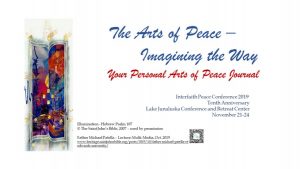 faith traditions lay before us—the magnificently illuminated Saint John’s Bible, a Torah scroll, a gilded copy of the Qur’an. The texts before us were not just the ancient scriptures of our faith traditions. Every participant received a beautifully prepared journal book compiled by our friend Roger Dowdy, each page with a work of visual art next to which they could write their own reflections, making these images their own. We also had the brand new text that we sang throughout the conference, one that I wrote for that purpose and which was set to music by Scott Taylor, Director of Music and the Worship Arts at our church. Here are the words:
faith traditions lay before us—the magnificently illuminated Saint John’s Bible, a Torah scroll, a gilded copy of the Qur’an. The texts before us were not just the ancient scriptures of our faith traditions. Every participant received a beautifully prepared journal book compiled by our friend Roger Dowdy, each page with a work of visual art next to which they could write their own reflections, making these images their own. We also had the brand new text that we sang throughout the conference, one that I wrote for that purpose and which was set to music by Scott Taylor, Director of Music and the Worship Arts at our church. Here are the words:
Imagine the Way
Antiphon:
- Peace, Peace, Peace, Peace. Peace, Peace, Peace, Peace.
- Shalom, Shalom. Shalom, Shalom.
- Salaam, Salaam. Salaam, Salaam.
Verses:
- Peace in all colors, Peace in all music, Peace in all hearts.
Peace in all colors, Peace in all music, Peace in all hearts.
- Peace in all letters, Peace in all dances, Peace in all hands.
Peace in all letters, Peace in all dances, Peace in all hands.
- Peace in all patterns, Peace in all paintings, Peace in all lands.
Peace in all patterns, Peace in all paintings, Peace in all lands.
Refrain:
Peace, Peace, Catch the vision. Dance to the rhythm. Imagine the way.
Thanks to Scott’s engaging melody, participants were humming the song and remembering the words as they left the hall to return to their daily lives. (Contact me if you would like a copy.) And that’s the point, isn’t it? The music enables the words to take up lodging in our minds, emotions, and habits. They make the words live in a way they don’t when they are left flat on the page.
While the Peace Conference has now run its envisioned decade, we can only hope that it has planted seeds and songs that others can take up. We cannot have peace without building up the possibility for conversation and argument among citizens longing for an ever- more perfect republic of beauty, of harmony with God’s purposes. Peace is the dynamic confirmation we receive in that courage to participate in wider relations, to listen to others, to seek common ground on this common earth. It resides in the call to live for more than the simply existence of our bodies, to live into the love that drives out all fear. That’s the big story we’ve been trying to tell. Let me know how you might be trying to tell it.
Above all, give thanks. Sing the song. Join in the dance.

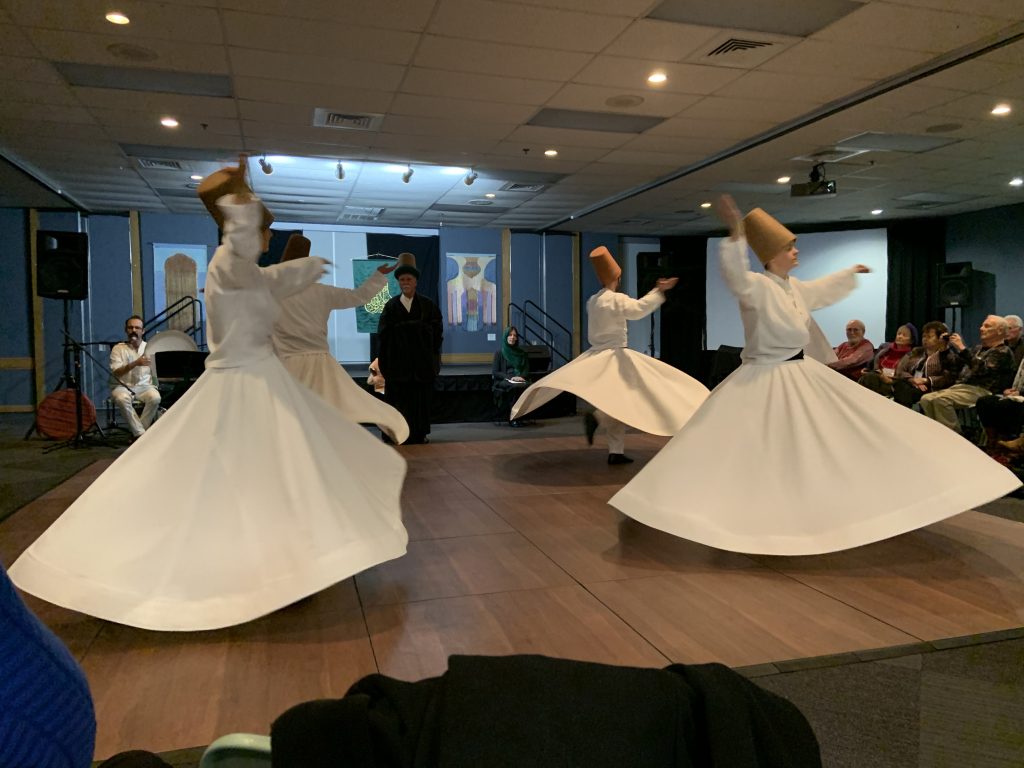
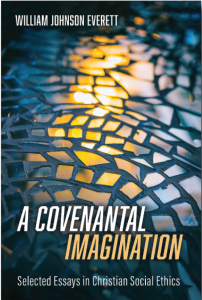
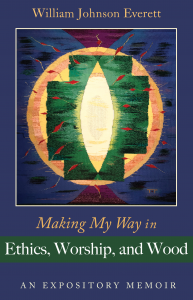
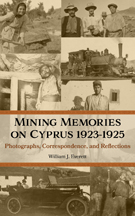
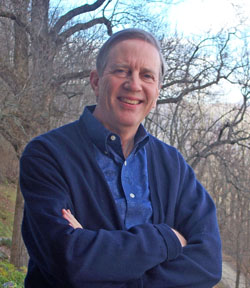
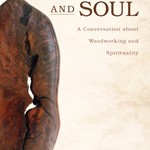
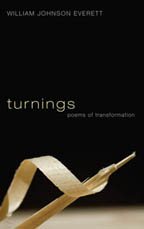
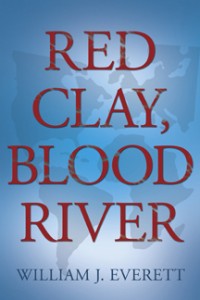 Red Clay, Blood River
Red Clay, Blood River